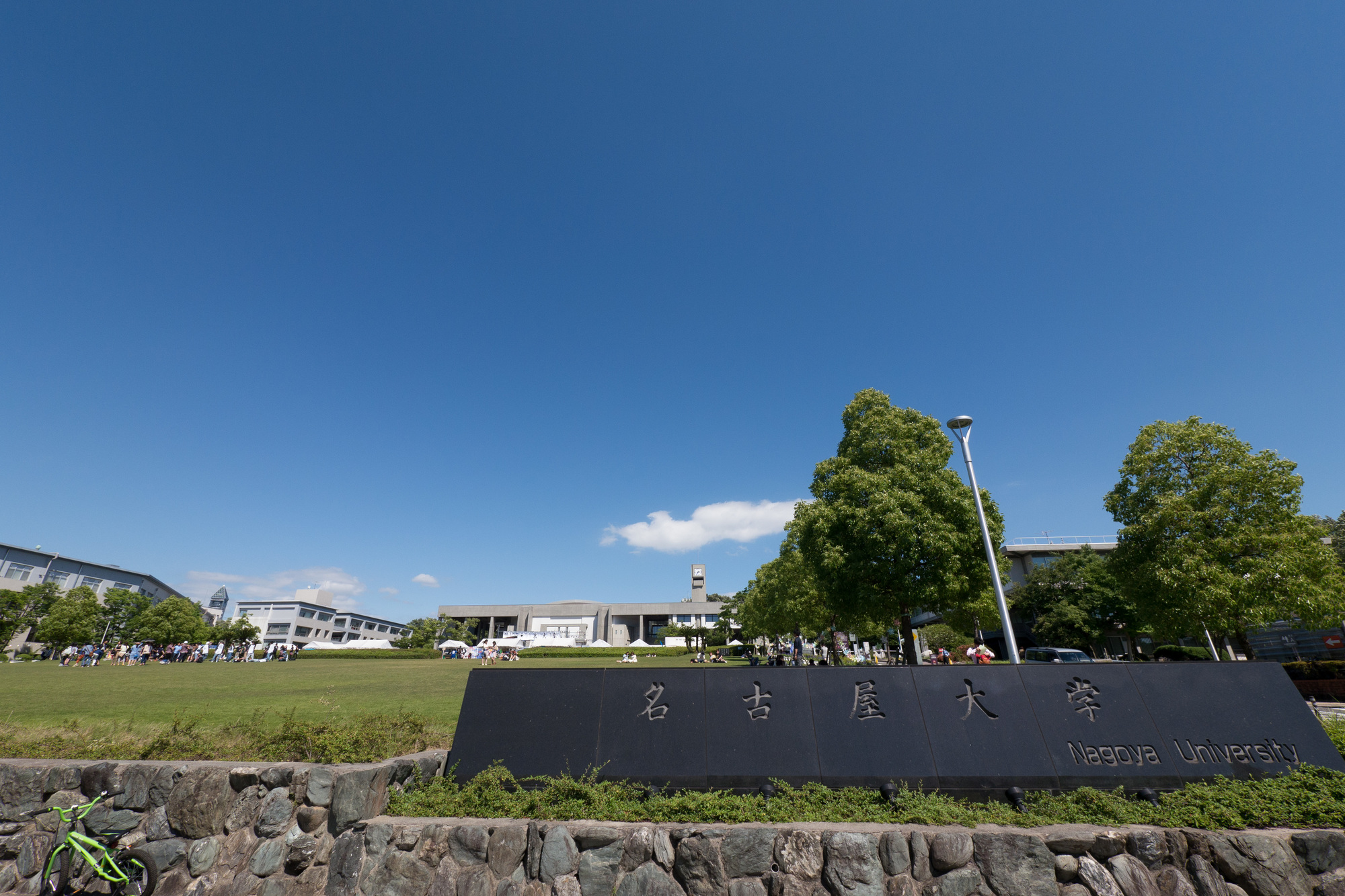A research group at Nagoya University has clarified the effect of Sasa seeds, which are fed in large quantities at the same time in a cycle of several decades to a hundred and several decades, on the population of wild mice.
Bamboo and bamboo grass have the property of flowering and fruiting once every several decades to hundreds of decades, which is overwhelmingly longer than trees, and then dying.Simultaneous flowering (simultaneous fruiting) that occurs simultaneously over a wide area is thought to affect the reproduction of animals that feed on it because a large amount of seeds are suddenly supplied, but the phenomenon due to long periodicity is rare. Therefore, the actual situation was not clarified.
This research group has been conducting an ecological survey of wild rats in the forest of Inatake Field, Nagoya University since 2011, and in 2017, the simultaneous flowering and fruiting of Suzutake occurred there.Since the flowering cycle of Suzutake, a type of bamboo grass, is said to be 120 years, it is estimated that the previous flowering was in the Meiji era.
Taking advantage of this luck, a comparison of population dynamics data of wild rats before and after simultaneous fruiting revealed the effect of a large supply of Sasa seeds on wild rats.Of the three species of forested wild mice that lived in the survey area, the Japanese field mouse and the small Japanese field mouse outbreaked after the simultaneous fruiting, and the populations of both species that increased after two years were maintained.Researchers believe that the cause of the outbreak was that all the rodents in the surrounding area moved into the field and settled and propagated.
In the case of wild rat outbreaks caused by a good harvest of tree seeds and fruits, increased populations have been shown to return to their original levels the following year.However, in the simultaneous fruiting of Suzutake, it became clear for the first time that a huge number of seeds remained on the forest floor for a long period of time, which contributed to maintaining the population of wild mice for a long period of two years.
The reaction of the wild rat population to the sudden environmental change of the large amount of Sasa seed supply shown in this study is expected to be an important clue to the real image of the interaction between the environment and the organisms living there.
Paper information:[Ecological Processes] How does the 120-year cycle mast seeding of dwarf bamboo affect the rodent population?

